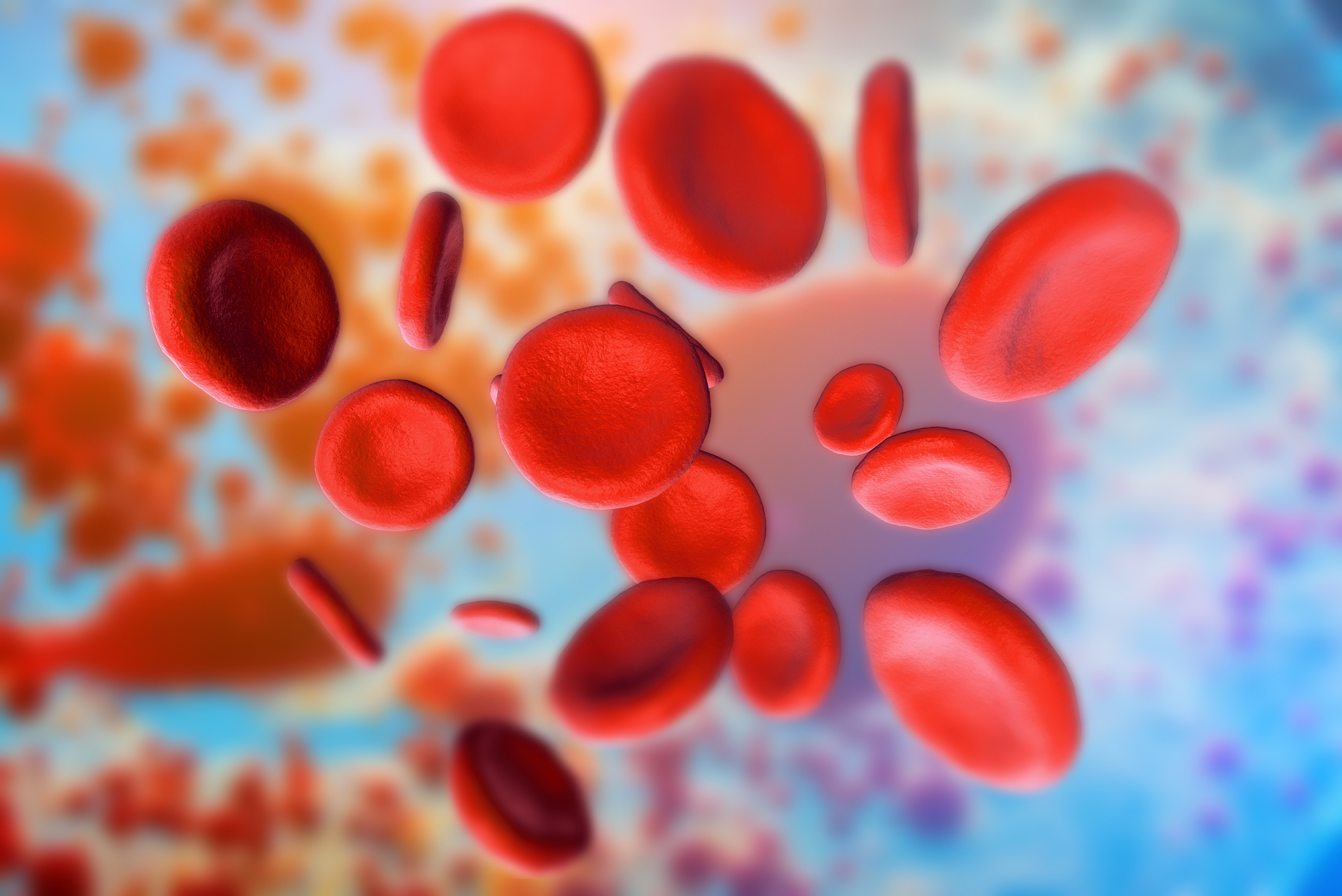Platelet-Rich Plasma (PRP)
Platelet-Rich Plasma therapy uses your blood's healing properties to relieve pain and promote tissue repair.

How PRP is created
To make PRP, a patient’s blood is taken and placed in a centrifuge. The centrifuge rapidly spins the sample, separating the platelets from other blood components. After PRP has been created from the patient’s blood, it’s injected into the affected area.
Some areas of the body have trouble healing on their own. The goal of PRP therapy is to help these areas heal and regenerate tissue by directly introducing the growth factors in plasma to the affected area. PRP injections have the potential to allow injuries to heal more quickly, reduce pain, and more.
How PRP Therapy Works
- Blood Collection: A small sample of your blood is drawn, typically from your arm.
- Centrifugation:The collected blood is placed in a centrifuge machine, which separates the blood into its various components.
- PRP Isolation: The centrifugation process isolates the platelets and growth factors from the rest of the blood, creating a concentrated PRP solution.
Mechanism of Pain Relief
PRP contains a high concentration of growth factors, such as platelet-derived growth factor and transforming growth factor-beta, which are essential for tissue repair and regeneration.
When PRP is injected into the affected area, these growth factors can stimulate the healing process, reduce inflammation, and promote the repair of damaged tissues, including tendons, ligaments, and cartilage.
As tissues heal and regenerate, pain is often reduced, and the function of the affected joint or area can improve.
Advantages of PRP Therapy for Pain
- Non-Surgical: PRP therapy is minimally invasive and does not require surgery, reducing the risks associated with more invasive procedures.
- Low Risk of Allergic Reactions: Since PRP is derived from your own blood, the risk of allergic reactions or rejection is minimal.
- Natural Healing: PRP harnesses the body’s natural healing mechanisms, potentially providing long-lasting relief.
- Personalized Treatment: PRP is tailored to the individual patient, ensuring a personalized approach to pain management.
How this treatment is performed
Platelet-Rich Plasma (PRP) therapy for pain conditions typically involves a straightforward and minimally invasive administration process. It begins with a small blood sample taken from your arm, similar to a routine blood test. This sample is then processed using a centrifuge to separate the platelets and growth factors from the rest of the blood components. Once the concentrated PRP solution is prepared, it is carefully injected into the specific area causing pain, such as a joint, tendon, or muscle. The injection is often guided by ultrasound or fluoroscopy for precision.
The growth factors in the PRP stimulate the body’s natural healing mechanisms, promoting tissue repair and reducing pain. The entire procedure usually takes less than an hour, and patients can typically resume their daily activities shortly afterward. Multiple sessions may be required, depending on the severity of the condition and the individual’s response to treatment.
Post treatment care & recovery
Following Platelet-Rich Plasma (PRP) therapy for pain conditions, post-treatment care is essential to optimize recovery. We recommend avoiding strenuous activities for a few days to allow the treated area to heal. Mild pain or discomfort at the injection site is common and can be managed with over-the-counter pain relievers, if necessary. However, it’s important not to use anti-inflammatory medications like NSAIDs, as they may interfere with the natural healing process.
Depending on the treated condition, physical therapy or rehabilitation exercises may be recommended to help regain strength and mobility. Our team will speak to you about possible activity restrictions and specific care guidelines. While the duration of recovery can vary, many patients experience gradual improvement over several weeks to months as the PRP works to promote tissue healing and reduce pain.
Pain Conditions Helped by PRP
- Osteoarthritis:PRP injections into arthritic joints can help reduce pain and improve joint function by promoting cartilage repair.
- Chronic Joint Pain: PRP can provide relief from chronic joint pain in various joints, including the shoulder, hip, and ankle.
- Muscle Strains: PRP therapy may accelerate the healing process for muscle strains and tears, aiding in pain relief and recovery.
- Spinal Conditions: PRP has been explored as a treatment for certain spinal conditions, such as degenerative disc disease and facet joint pain.
- Chronic Low Back Pain:PRP may be considered in certain cases of chronic low back pain, particularly if related to degenerative disc disease or facet joint issues.


